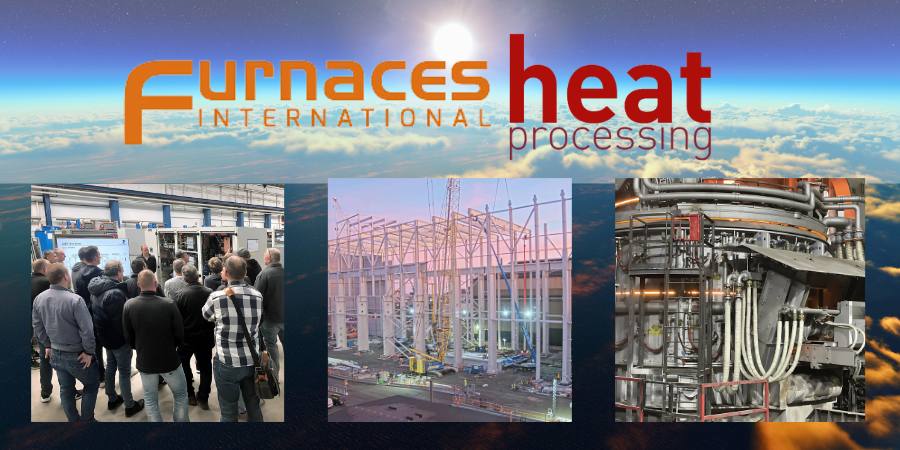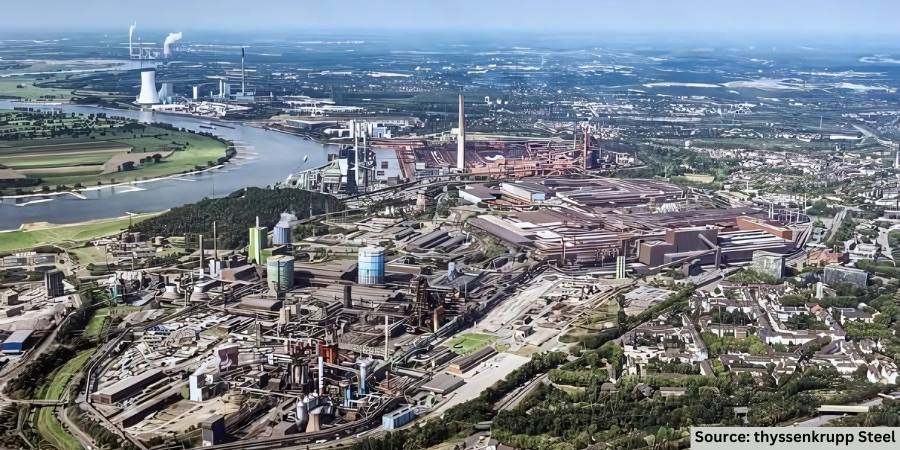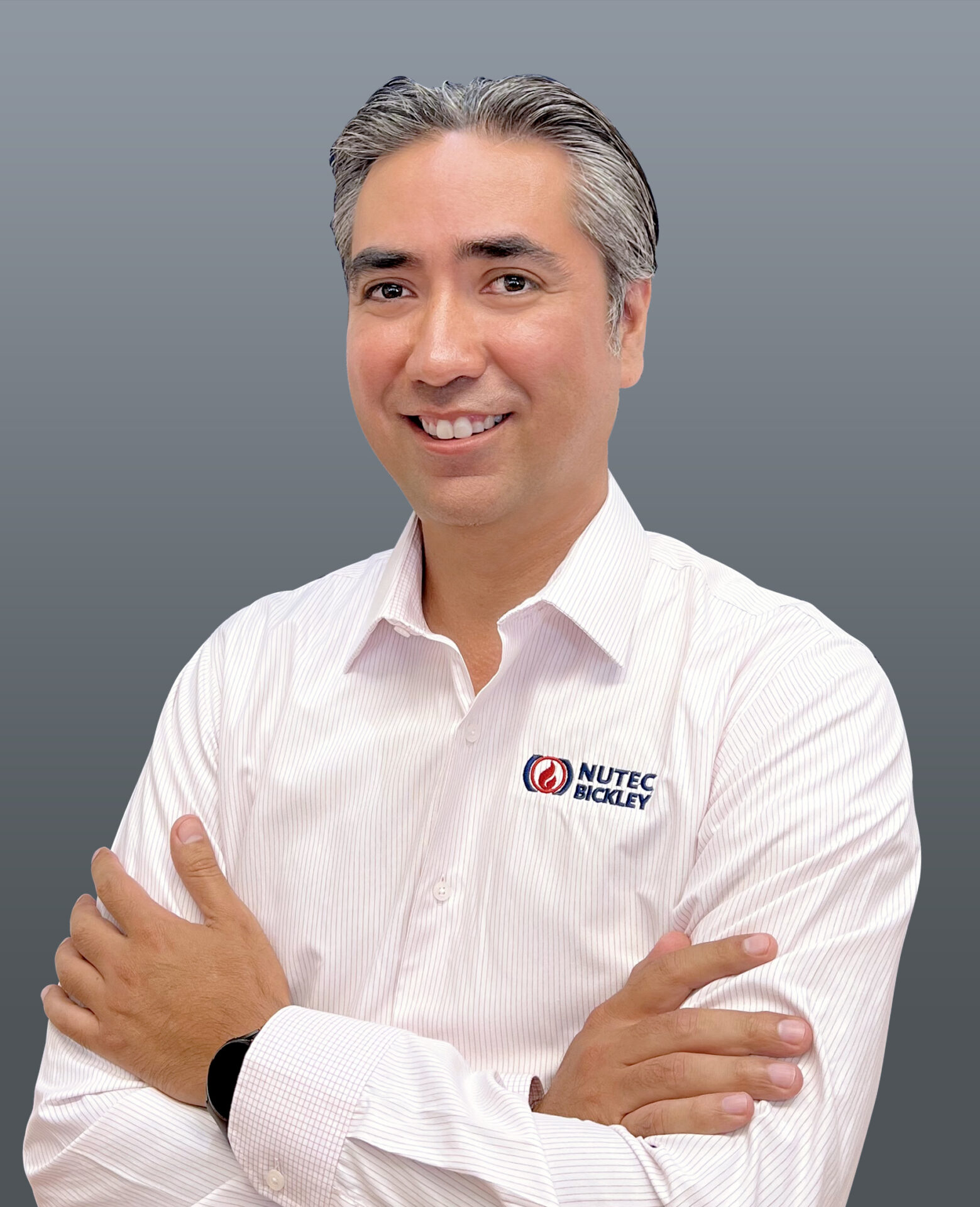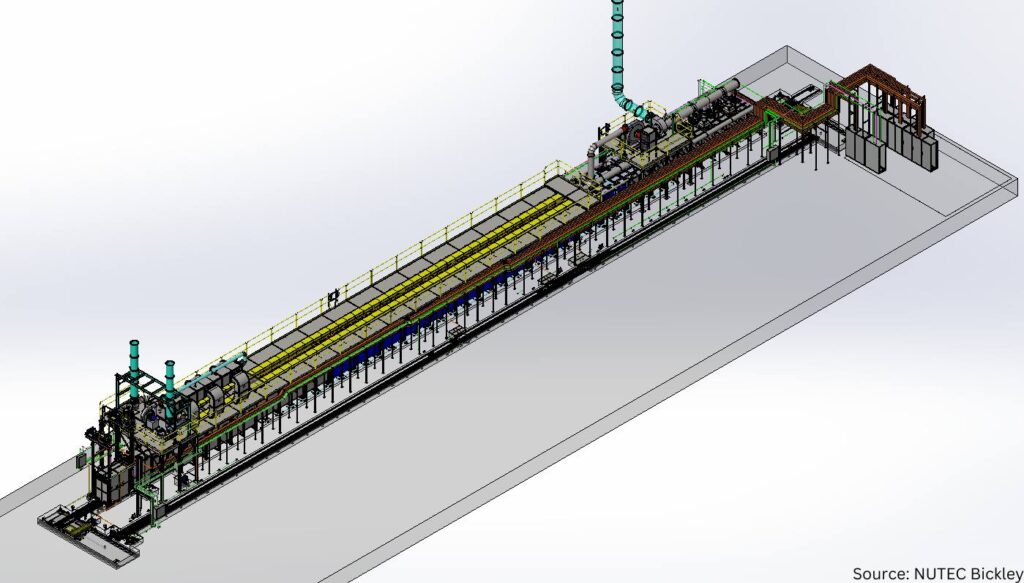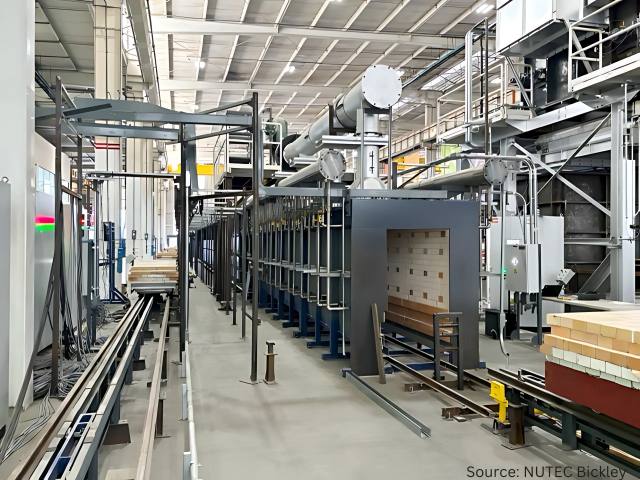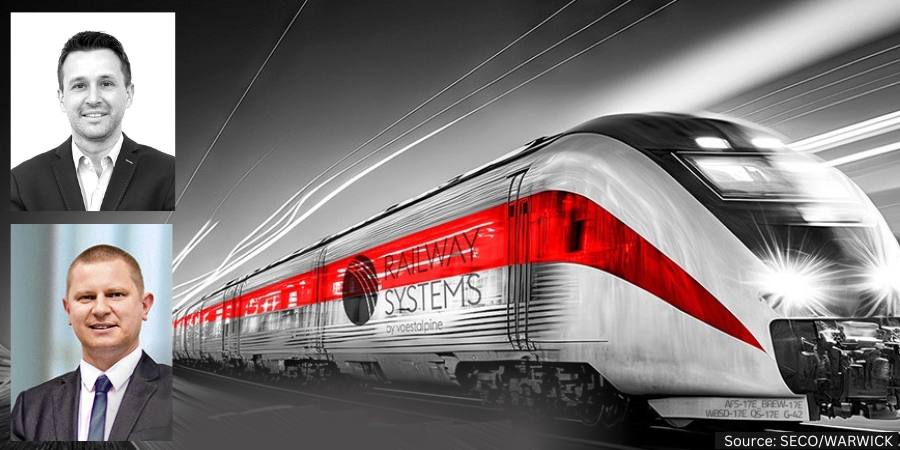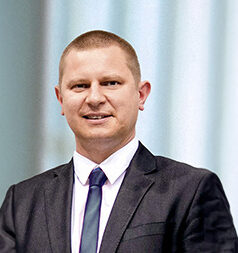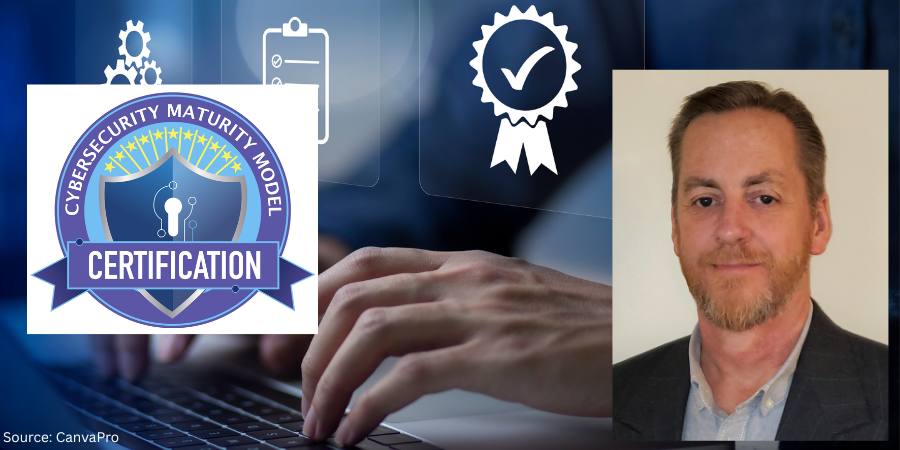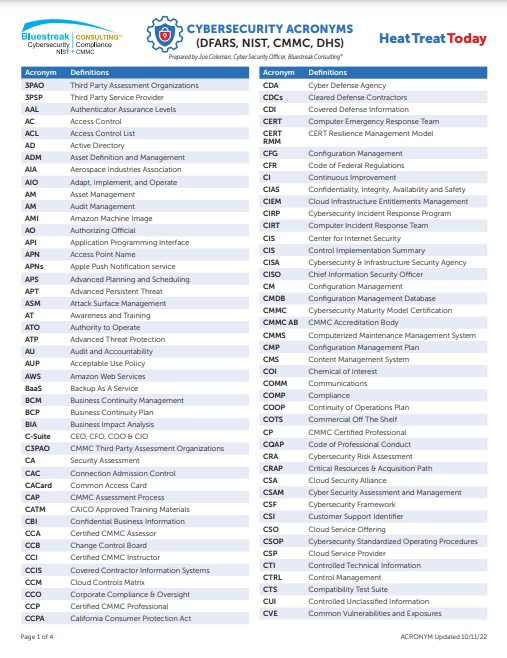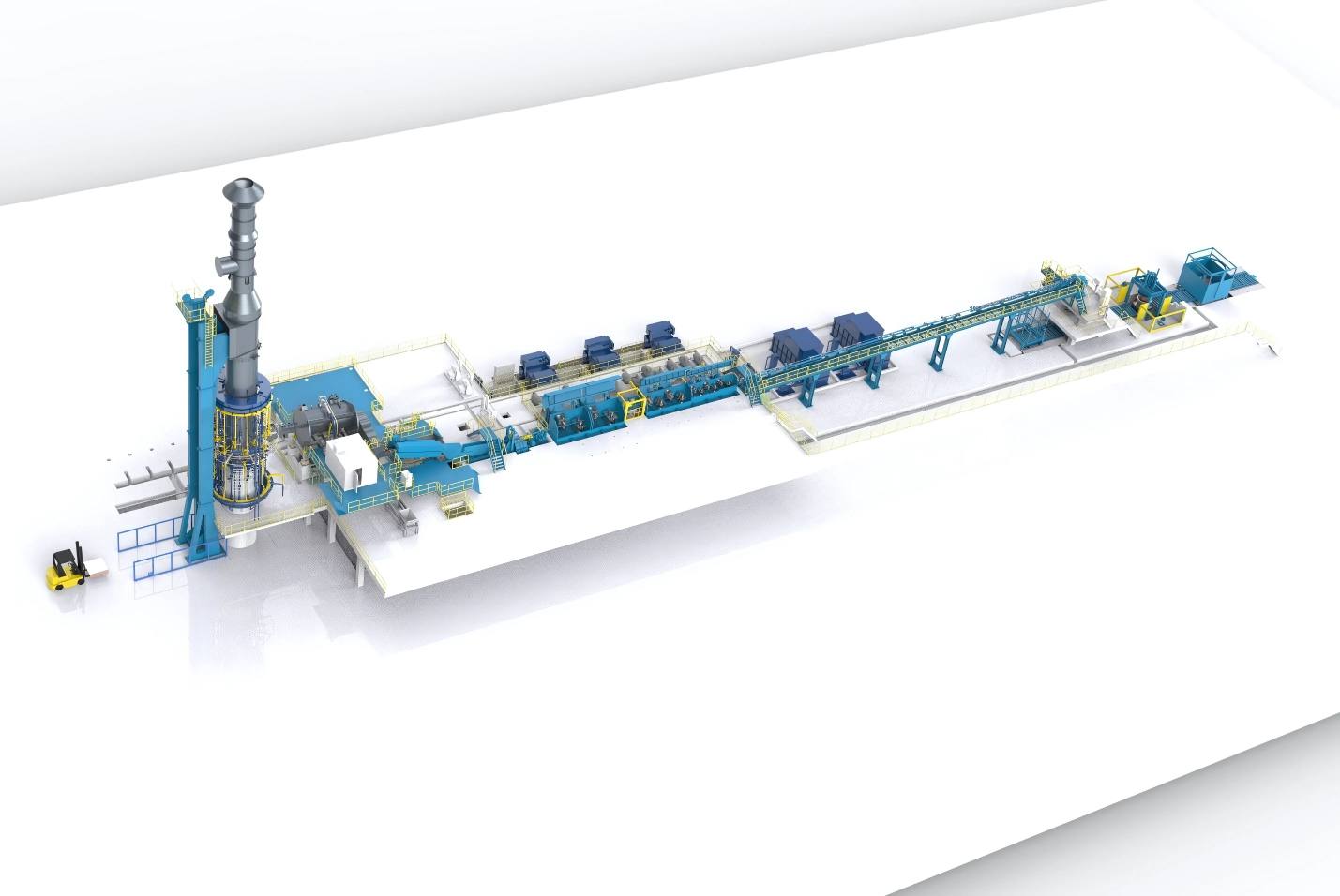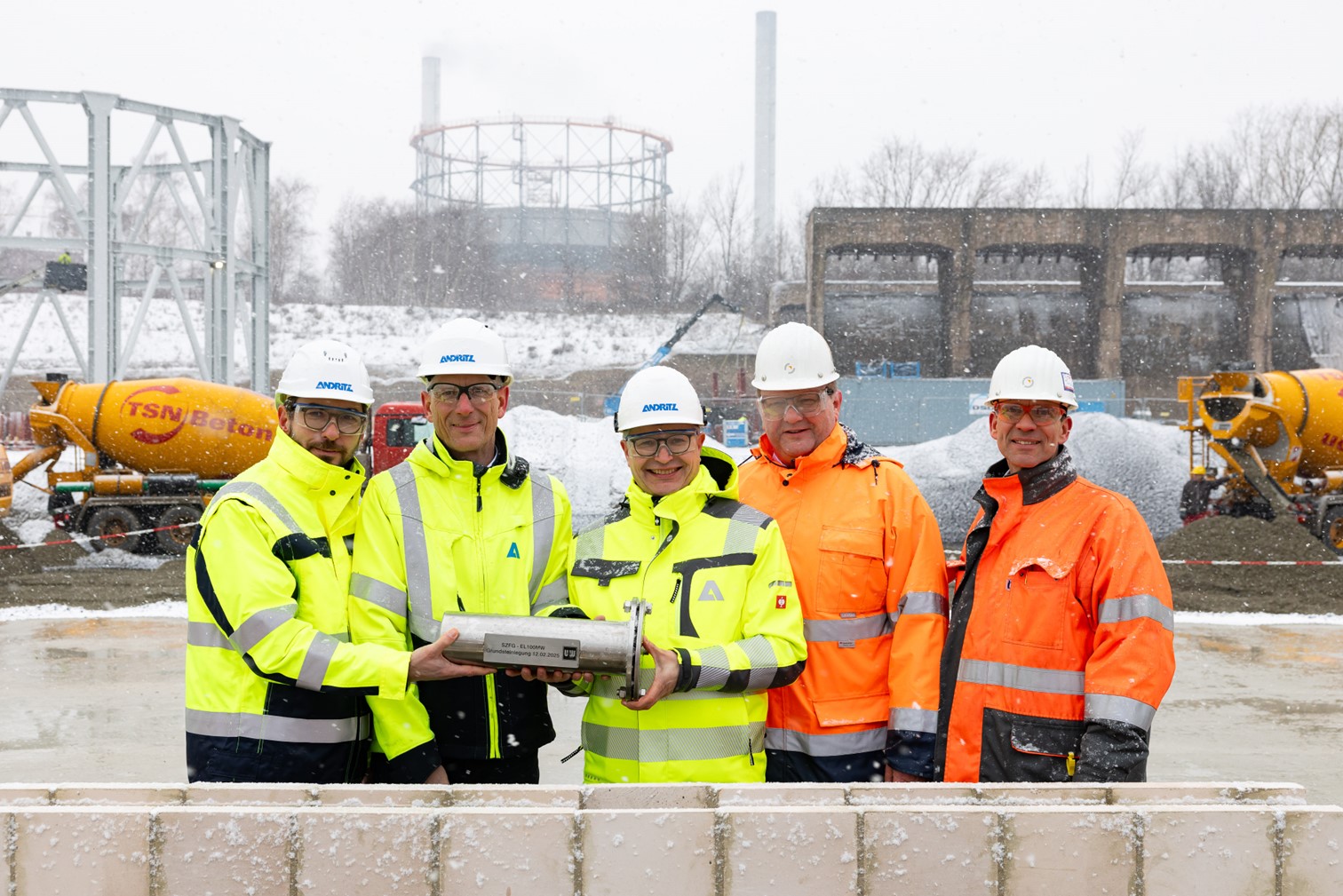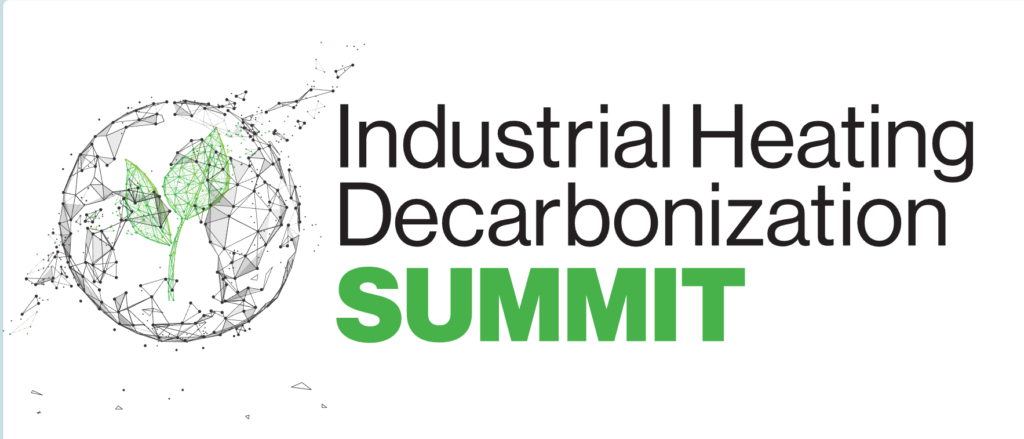News from Abroad:
In today’s News from Abroad installment, we highlight processing and initiatives that aim to improve operations and improve sustainability. Read more about a method used in the production of parts with complex geometries; a venture to create the world’s first fossil-free, ore-based steel with renewable electricity and green hydrogen; and a production plant that will generate around 9,000 tons of green hydrogen a year to be used for the production of carbon-reduced steel.
Heat Treat Today partners with two international publications to deliver the latest news, tech tips, and cutting-edge articles that will serve our audience – manufacturers with in-house heat treat. Furnaces International, a Quartz Business Media publication, primarily serves the English-speaking globe, and heat-processing, a Vulkan-Verlag GmbH publication, serves mostly the European and Asian heat treat markets.
Investing In the Future

“To meet the growing demand for qualified experts and to impart knowledge in a practical and timely manner, the OTTO JUNKER Academy has been offering a comprehensive professional training program for the planning, modernization, operation, repair and maintenance of industrial furnaces since 2014. The program covers key areas such as induction melting and heat treatment of metals, as well as universal topics such as economy and energy efficiency. In addition to the technical content, participants are also introduced to theoretical peripheral subjects directly related to industry and development. Safety aspects at all levels are also given priority.”
READ MORE: “OTTO JUNKER Academy: Practical professional training for the future of the metal industry for more than ten years” at heat-processing.com
EAF Replaces Blast Furnace at SSAB’s Site in Sweden

“Swedish steelmaker SSAB is replacing its blast furnaces in Oxelösund, Sweden, with an electric arc furnace and associated raw material handling. The aim is for the new production system to be up and running towards the end of 2026. The Oxelösund mill is the first in the green transition of SSAB’s entire Nordic production system….
SSAB has obtained all the required permits and secured the availability of sufficient amounts of fossil-free electricity.”
READ MORE: “SSAB to replace Oxelösund blast furnaces with EAF“ at Furnaces International.
Celsa Barcelona Enhances Operational Efficiency

“SMS group has been awarded a contract by Celsa Barcelona to supply two state-of-the-art Condoor® systems for electric arc furnace (EAF) #2, along with relevant modifications to the electrics and automation. This collaboration marks another milestone in the long-standing partnership between the two companies, aimed at enhancing operational efficiency and sustainability in steel production.
The Condoor® technology is set to improve the performance of electric arc furnace #2 by increasing the yield and improving safety with manless operation on the floor. These enhancements are expected to provide Celsa Barcelona with OPEX savings and operational efficiencies, aligning with their commitment to sustainable steelmaking practices. The delivery of the Condoor® system is planned for November 2025.”
READ MORE: “Condoor® technology for CELSA Barcelona’s electric arc furnace” at heat-processing.com





